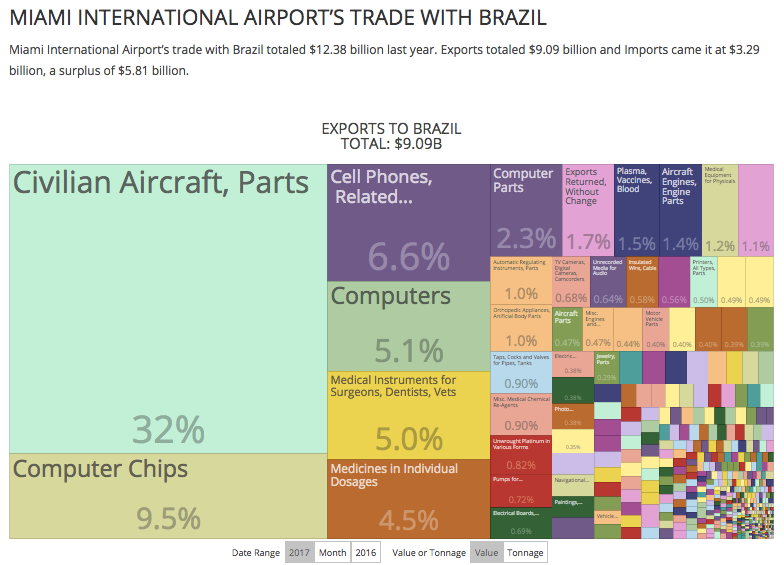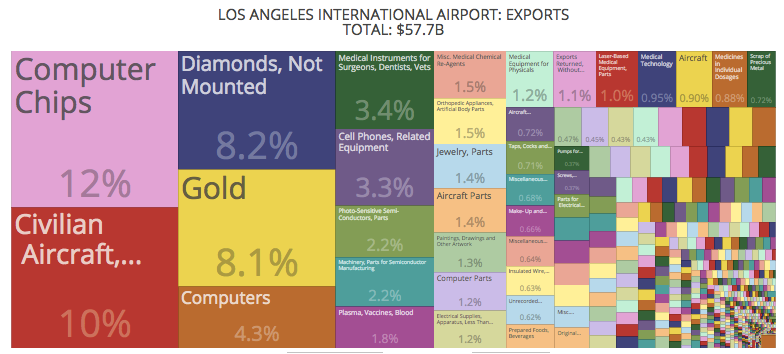Four Annual Subscription Options
All subscription prices are for an individual airport, seaport, border crossing, country, export or import
Basic
$295 Year
- Access to one general data set. Choose from over 200+ Countries, 450+ Ports, or 1,800+ Exports and Imports
- Data available by current month, YTD, and last annual
- Data can also be switched between value and tonnage
- View by market share
- Analysis including gains & losses among top categories
- Multi-dataset & multi-user discounts available!
BasicPlus
$1,750 Year
- Everything in Basic.
- Export Data Reports to Excel
- Import into either excel or your data analysis tool of choice!
- Eight years of data presented, by year, month and last annual
- Change by Value & Percentage
- Change in rank over time
- Market share of top 15 over time
- Priority Email Support
Best Value
Premium
$2,350 Year
- Everything in Basic.
- Over 5,000 Charts
- Drill down into specific exports/imports with specific countries.
PremiumPlus
$4,950 / year
- Everything in Basic, BasicPlus and Premium.
- Export 1,000s of Data Reports To Excel

